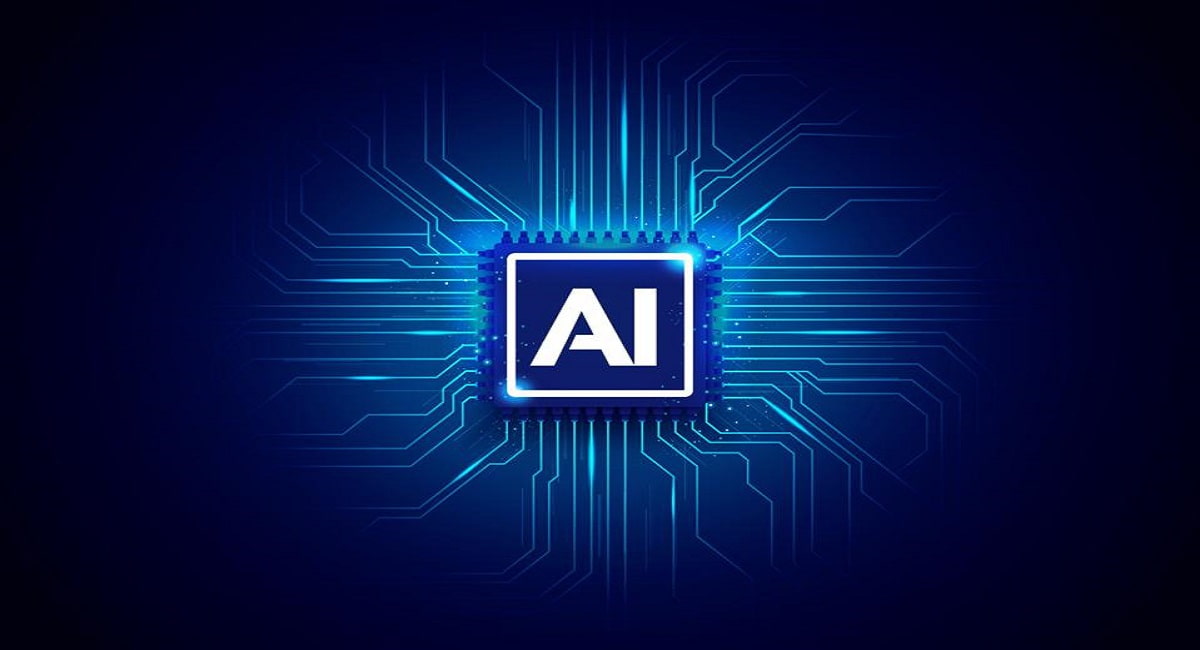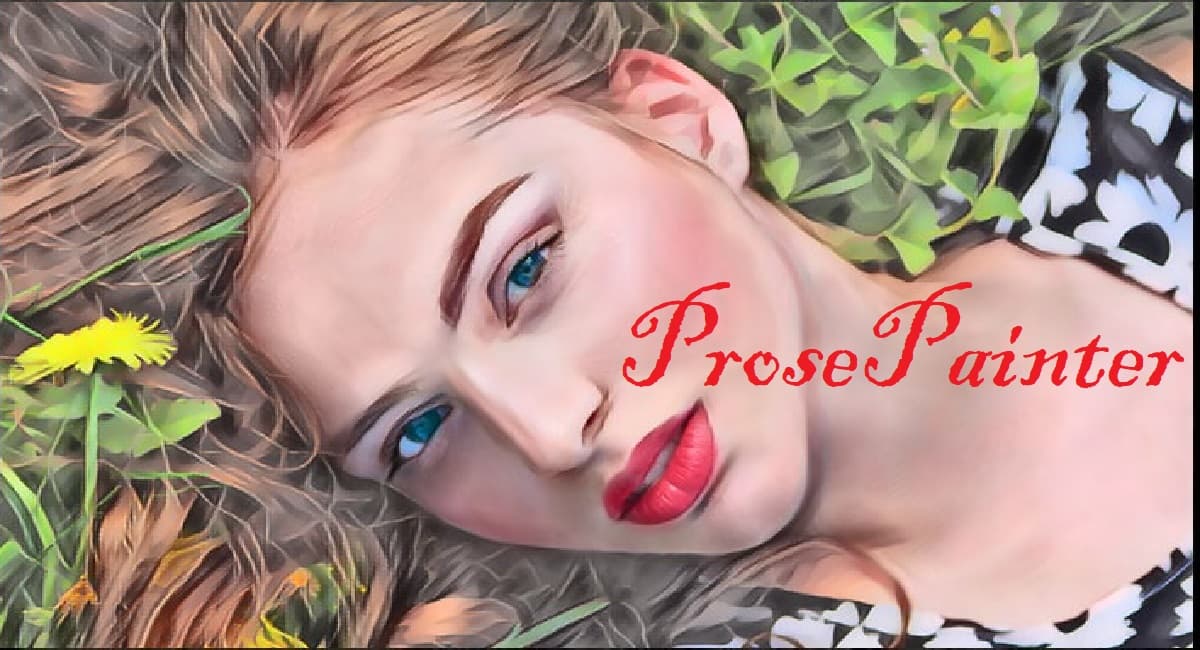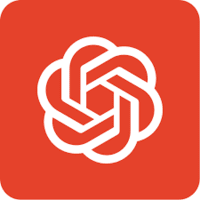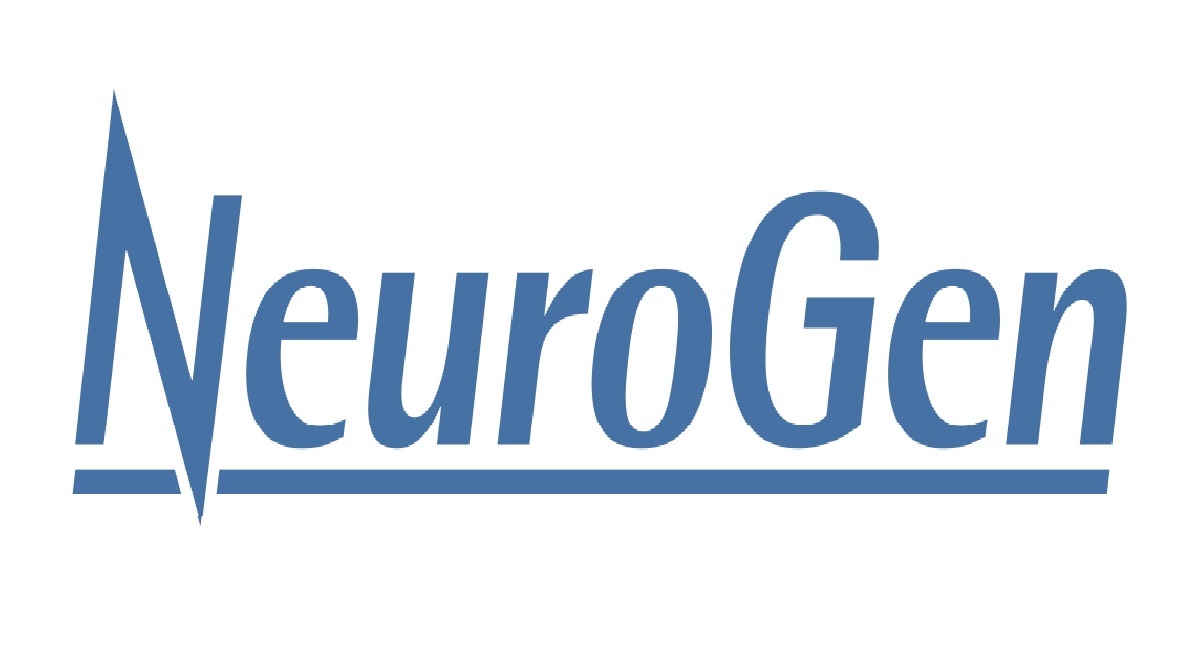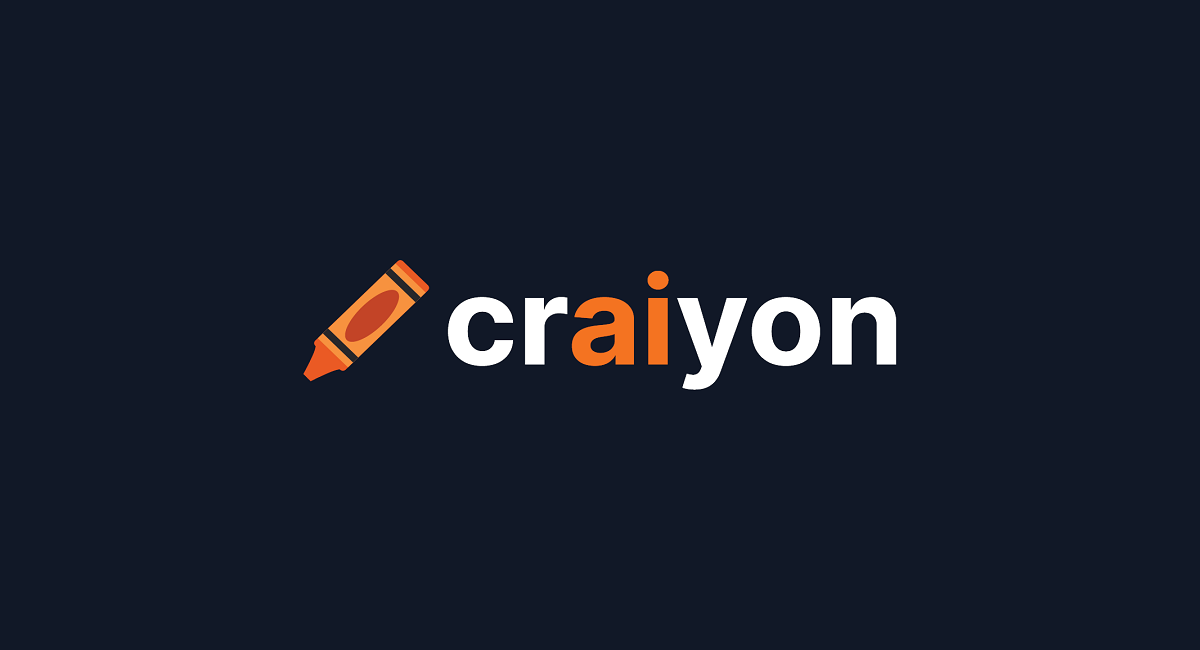Are you looking for a computer-based program that helps you to convert your words into a picture? Here we compiled a list of sites like MindsEye Beta, all of these alternative programs come with a simple interface which makes them easy to use. Apart from these features, these programs are free to install and download.
What is MindsEye Beta?
MindsEye beta is a graphical UI worked to run multimodal computer-based intelligence artistry models free of charge from a Google Colab without requiring to alter a solitary line of code or know any programming. Developers have constructed this UI on top of incredible open-source assets from the local area, such as Disco Diffusion v5 and Hypertron v2, more just around the corner.
MindsEye application will be sent off utilizing Colab and live on its own GUI. Follow the aides beneath for bit-by-bit direction Owners have restrictive talks and will give the need to highlights mentioned by Patrons and clients supporting the presence of the entire multimodal art eco-framework.
There are up to 13 MindsEye Beta Alternatives. It has features like AI Art Generator, Design-tools, Text-to-image and VQGAN-clip. The best alternative to MindsEye Beta is Craiyon, which is Free. The other best apps like MindsEye Beta are DALL·E, NeuroGen, and VQGAN+CLIP.
Pricing
MindsEye Beta Information
13 Best MindsEye Beta Alternatives
1: CogView
CogView is an advanced platform specializing in text-to-image generation using a VQ-VAE model instead of dVAE. Developers can use it for style learning, design planning, picture captioning, and more, though it does not provide quantitative results.
2: VQGAN+CLIP
VQGAN+CLIP is an innovative AI model developed by OpenAI that builds on the CLIP architecture. Known for its high-resolution outputs and interactive features, it sets a new standard for AI-generated art compared to earlier models like AttentionGAN.
Advertisement
3: NeuralBlender
NeuralBlender is software that uses advanced AI technology to create images from text input. It offers free image creation with optional premium features. Users can choose from various AI models to suit their creative needs.
4: AI Art Maker
AI Art Maker can transform users' creative minds into artistry, and if clients want to make AI crafts for NFT can check out its NFT generator. Its AI makes crafts and pictures because of text guidelines controlled by the most recent innovation. AI Art Maker has a great AI but not the best, but still, clients can make sensible changes to the seed picture with basic, substantial directions. This product stores cryptographic hashes of produced illustrations, not the actual designs…
Advertisement
5: ProsePainter
ProsePainter combines text-to-image generation with traditional digital painting tools. It features rich customization options, filters, and effects, allowing users to create stunning visual projects effortlessly.
6: Hypnogram.XYZ
HypnogramXYZ is an AI-powered application for generating art based on user-provided descriptions. It works seamlessly across devices, including PCs, tablets, and smartphones, making it accessible for all users.
Advertisement
7: Starryai
Starryai is an AI art generator that converts text prompts into masterpieces. Designed for both Android and iOS, the app simplifies the process of creating AI art, making it accessible to a wide audience.
AI Art Studio by Latitude enables users to create immersive, AI-powered virtual worlds. With a focus on creativity and limitless possibilities, the platform offers dynamic and engaging experiences.
9: Dall-E
DALL·E, developed by OpenAI, is an AI model that generates images from text descriptions. It uses a 12-billion parameter version of GPT-3 and employs advanced diffusion techniques for high-quality image creation.
10: Snowpixel
Snowpixel allows users to turn text prompts or uploaded images into creative artwork. It offers structured tools for editing final outputs and provides unique photos that users fully own.
11: DALL·E 2
DALL·E 2 is a next-generation AI system capable of creating detailed, realistic images and artwork from everyday language descriptions. It combines attributes, styles, and concepts for versatile creations.
12: NeuroGen
NeuroGen is an online tool for quickly generating AI art. Users simply input a description, and the platform creates multiple images in minutes. The program is easy to download and share.
13: Craiyon
Craiyon, formerly known as Small DALL·E, is an AI model that generates images based on text prompts. OpenAI requested the developers to change the application's name, which had gone viral, to prevent confusion with their own model. Users can explore the model's limitations and capabilities in real time and document them in greater detail through the Craiyon platform and its corresponding model card.




